What to do in Oaxaca? Which is Situated in the state of the same name, surrounded by lush tropical vegetation and the high mountains south of the Sierra Madre.
Oaxaca is one of Mexico’s most beautiful cities.
With a well-rounded mix of Indian and Spanish elements, this UNESCO World Heritage Site has successfully maintained its unique character and is a pleasure to explore.
Initially part of the Aztec Empire, upon the arrival of the Spaniards in 1521, the royal city of Oaxaca, a name derived from the original Aztec fortress, was founded.
In addition to the fine architecture, travelers draw here for the city’s rich cultural events, and the famous Guragu Eza.
Also, a unique festival preserved in July with plenty of traditional dances, costumes, music, food and techniques.
Our youtube channel
Table of Contents
Museo Region de Oaxaca
The Museo Regional de Oaxaca is located in the former convent of the Iglesia de Santo Domingo and is known for its excellent collections relating to the local culture.
Also, Colonial churches and secular exhibitions. The fine ethnographic collection includes costumes, masks, jewelry, ceremonial and household items belonging to the local Indian tribes, along with archaeological finds at the surrounding ruins.
A highlight of the archaeological exhibit is the Mixtec treasure chest of gold, jade, turquoise and other semi-precious stones discovered in 1932. Monte Albán , and elaborate bracelets, necklaces, earrings, breastplates and masks were made. Historical documents and items from the old churches and convents are also of interest, including a renovated old Spanish kitchen.
San Jerónimo and Santa María del Tule in Oaxaca
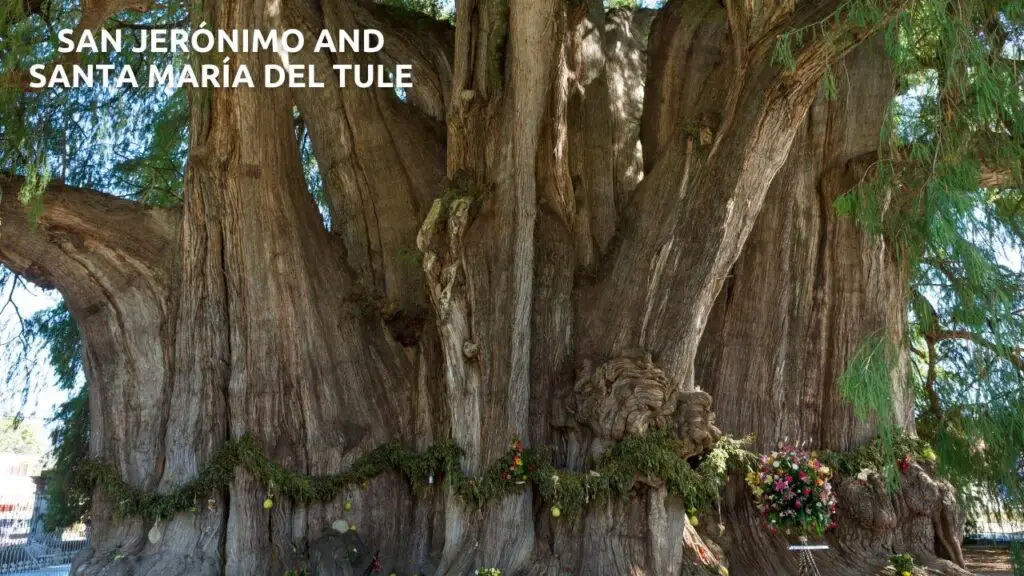
A short drive east of Oaxaca is the small town of Santa María del Tule, famous for the ancient trees of the Tule (Arbol del Tule).
This massive cypress tree is 40 meters wide and 42 meters high, and is estimated to be about 2,000 years old in front of the charming little church.
Another 10 kilometers away is an equally interesting village.
Tlacochahuaya , home to the 16th-century Church of San Geronimo.
Also, Highlights include a rich décor filled with colorful paintings created by local Indians depicting rich art and religious ideas with paintings of stars, flowers, birds, sun, and angels.
Oaxaca Cathedral in, Mexico
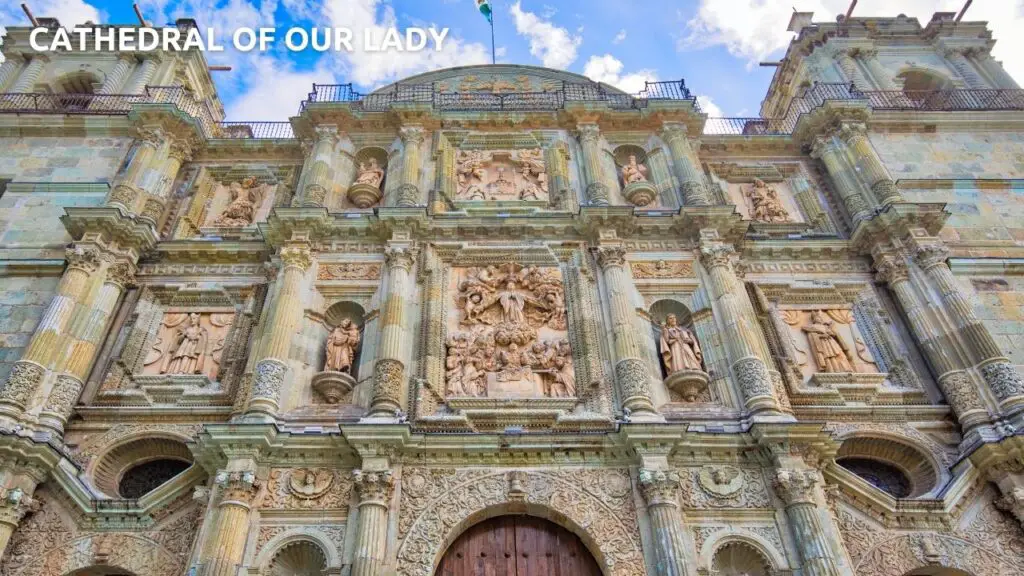
It is called as well (Cathedral of Our Lady) began in the mid-16th century and lasted almost 200 years. To the northwest of Zócalo, the city’s main square, the cathedral is known for its sturdy building style with two low towers designed to withstand earthquakes. The original clock is entirely carved from wood, and upon completion it was presented to the church by the King of Spain. It’s just one of the many charms of its delightful Baroque façade with finely worked figures and cliffs in its columns. The décor is also worthwhile due to its neoclassical influences and eight finely carved glass windows.
Squares and Markets: Zócalo and Mercado Benito Juárez
Many of Oaxaca’s most important tourist attractions are the city’s historic city center, the area centered around the central square, or Zócalo, Plaza de Armas . In addition to charming bandstands, beautiful old trees and cafes, it hosts many of the city’s most important festivals and events. Lavanus Fiesta – in fact, the Night of Radish – spills over on Christmas Day with festivals like fireworks, dancing and parades on the 23rd of December every year (yes, there’s also a stage sculpture contest). Another important focus is Mercado Benito Juárez, a colorful market especially active on Saturdays, where local Indios buy and sell everything from produce and woven goods to earthenware and leather goods. Other colorful markets include the daily Mercado de Avastos and Mercado de Artesanias with a focus on textile products.
Iglesia de Santo Domingo
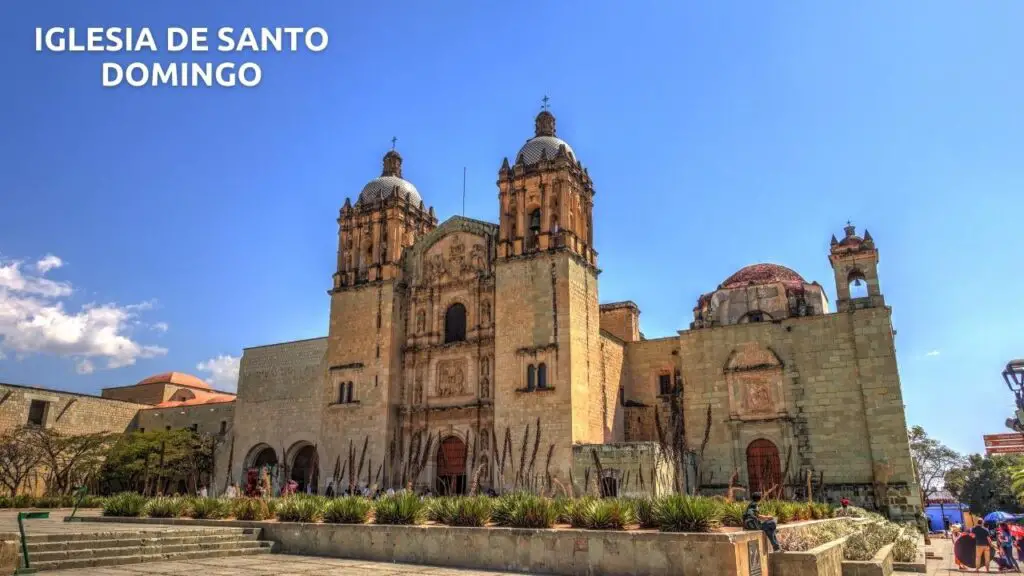
The ornate Iglesia de Santo Domingo, a Dominican church built in 1575, is well worth the time. Built with an adjacent convent and two-meter-thick walls, this mega-church complex, which is hardly earthquake-free, is notable for its numerous niches carved along its impressive Baroque façade.
The church’s walls and ceilings have ornate gold decorations and bright carvings to give the impression of being more palatial than the church, while rustic statuary gives the nave and church a distinctive Mexican hue. Also on the ceiling above the entrance are vines growing from golden branches and leaves, with 34 portraits depicting the family tree of St. Domingo de Guzmán, founder of the Dominican Order, who died in 1221. Other highlights include the eleven chapels, the largest and most beautiful being the Chapel of the Rosary (Capilla de la Virgen del Rosario) with its choir and clergy, and an ornate altar adorned with a figure of the Virgin Mary, considered a jewel of the Mexican Rococo.
Monte Alban
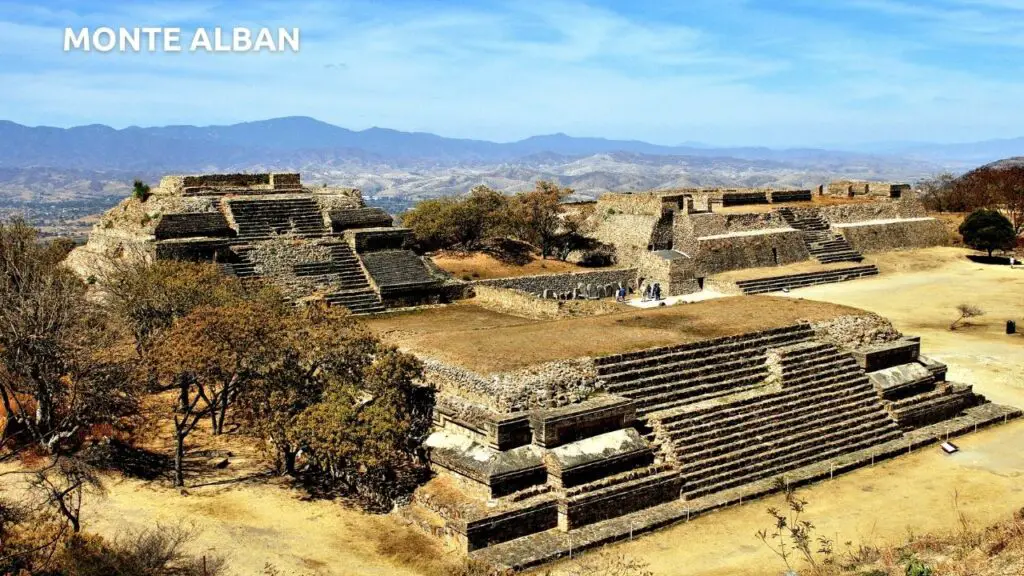
Located 8 kilometers west of Oaxaca, the historic settlement of Monte Albán covers an area of about 40 square kilometers and has been an important place of worship for 2,500 years. On a man-made platform 400 meters above the Oaxaca Valley, the most likely center of the ruins is Latin America’s oldest and most impressive Columbus region. Founded in the 6th century BC, the city at one time had a population of about 35,000 people. The majestic Grand Square (Gran Plaza), which forms the heart of the archaeological site with its attractions (Juego de Pelota), numerous pyramids, and a palace with an interior, is 200 meters long and 3,300 meters long. Courtyard and Cross Tomb. The best part of a day exploring the ruins is the Monte Albán Ruins Museum , which displays ceramic statues, jewelers, and exhibits related to the excavations in the gallery.
Museo Casa Juarez: Fit for a President
The humble home of García Vigil 609, now a museum, is famous in Mexico, the revered place where President Benito Juárez lived as a servant from 1818 to 1828. Don’t be fooled by the plain exterior of your home. The interior leads to a complex central courtyard and house. Musa Casa Juarez , a large museum containing related memorabilia (the president was actually born in 1806 in nearby Guelatao). Also, He is interested in the museum’s depiction of the work of the 19th century and the daily life of the middle class, as well as period furnishings of the dining room and kitchen.
Monastery Santiago Apostol
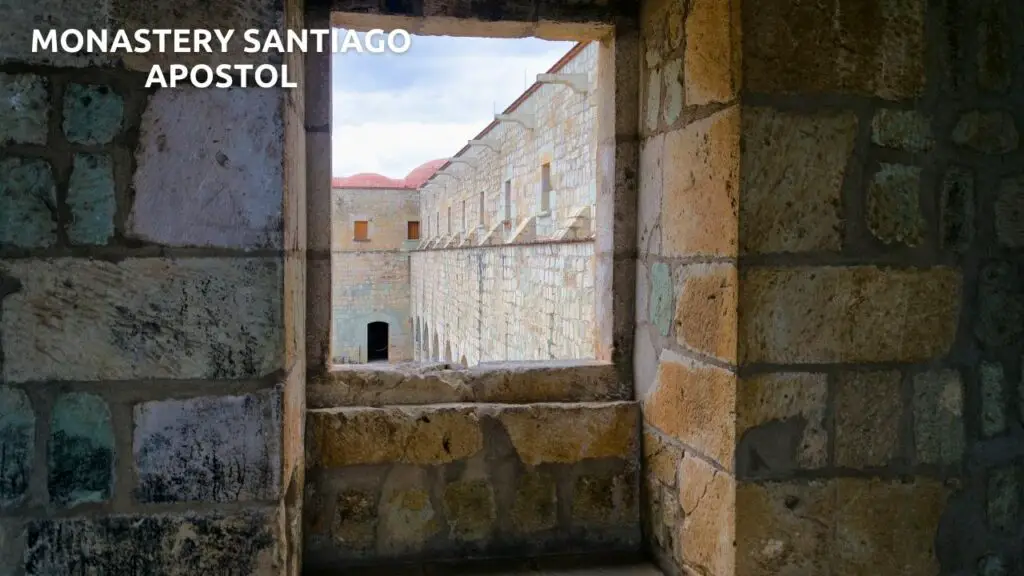
There is a small town just 12 kilometers south of Oaxaca.
Additionally, Cuillapan de Guerrero was once famous for making cochineal, a brilliant red dye made from the insect of the same name. Nowadays, the city is an important tourist destination thanks to the wonderful old church and the monastery of Santiago Apóstol. This massive hillside structure began in 1555, and came out through a Renaissance façade and interior, two colonies (some collapsed in an earthquake) and a small stairway to stone pedestals.
Although abandoned in 1663, the three-meter-thick wall stood the test of time, as the murals at the entrance depict the history of the spell. A second-floor terrace with a monk’s cell offers great views, and the back wall features an intriguing slab of Columbus’ ‘Ten Reeds’ and a 1555 Christian monument. Additionally, The only part of the complex that is still used is the church, the most interesting feature is the tomb of the last Zapotec princess, the daughter of the ruler Cocijo-eza.
Basilica Of Our Lady Of Solitude
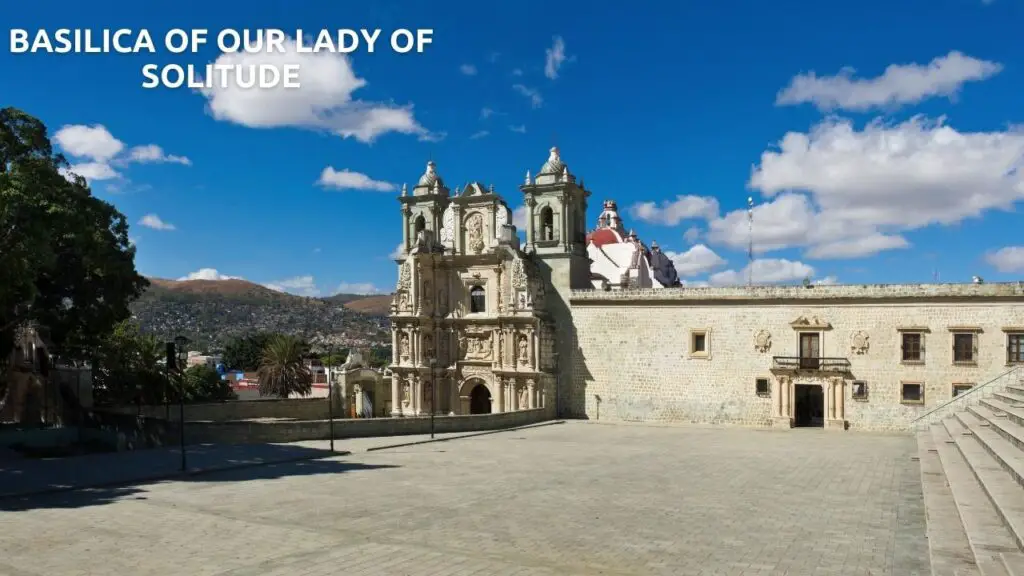
The Basilica of Our Lady of Solitude (Basílica de Nuestra Señora de la Soledad), dedicated to the patron saint of Oaxaca, was built between 1682 and 1690 as a green cantera characteristic of the region, and is one of the city’s finest religions Site.
Also, In addition to the atrium built of limestone blocks surrounded by covered walkways, you can see the Virgen de la Soledad with a velvet black robe adorned with gold and jewels, including a large pearl
on its forehead. There are also other notable nearby churches. San Felipe Neri with its many elaborate altars, Indian depictions of the conquest of San Juan de Dios and San Agustin , St. Augustine’s
Rufino Tamayo Museum
The Rufino Tamayo Museum (Museo de Arte Prehispánico Rufino Tamayo), presented to the state by the famous Mexican artist Tamayo, is housed in an ancient palace. as a nephew .
So, In addition to exhibiting the archaeological artifacts of Mexico’s numerous Indian cultures, a rich collection of Columbian art was established to ensure that the more than 1,000 historical artifacts collected during Tamayo’s lifetime are kept intact and safe from illegal traders.
Worth a visit is the Graphic Arts Institute of Oaxaca (Isto de Artes Gráficas de Oaxaca, IAGO), founded by another Mexican artist, Francisco Toledo, and has numerous fine painting and cultural centers throughout Latin America, as well as many rare We have a library with manuscripts and a music library.
You may are interesting to read about Merida | Mexico

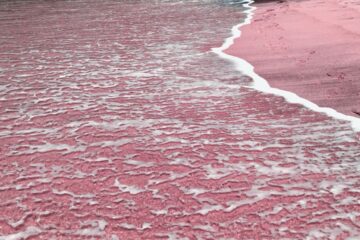


1 Comment
Things to do Puebla Mexico | So interesting | · November 8, 2022 at 10:10 pm
[…] may are interesting to read about Oaxaca | […]